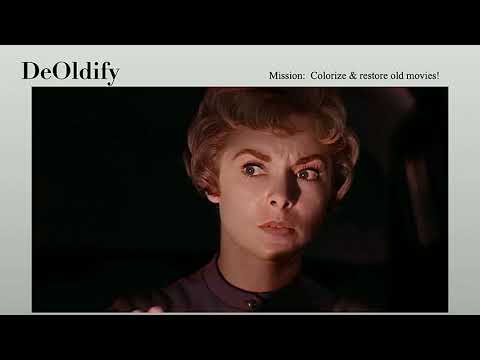Description:
Save Big on Coursera Plus. 7,000+ courses at $160 off. Limited Time Only!
Grab it
Explore new approaches to image and video reconstruction using deep learning in this F8 2019 conference talk. Discover how to improve images and videos, including increasing resolution and colorizing black & white footage, using advanced techniques like generative adversarial networks (GANs). Learn about faster, more efficient PyTorch-based tools developed by fast.ai, the Salk Institute, and DeOldify that can be trained in just hours on a single GPU. Delve into topics such as generative imaging, loss functions, self-attention, and reliable feature detection. Witness demonstrations of these techniques applied to various scenarios, including colorizing old movies and enhancing microscopy images. Gain insights into the challenges and solutions in brain imaging, live fluorescence imaging, and the balance between speed, quality, and data size in image processing.

New Approaches to Image and Video Reconstruction Using Deep Learning
Add to list
#Computer Science
#Deep Learning
#PyTorch
#Artificial Intelligence
#Computer Vision
#Feature Detection
#Image Reconstruction
#Image Processing
#Super-Resolution
#Colorization
#Self-Attention
#Science
#Biology
#Neuroscience
#Brain Imaging